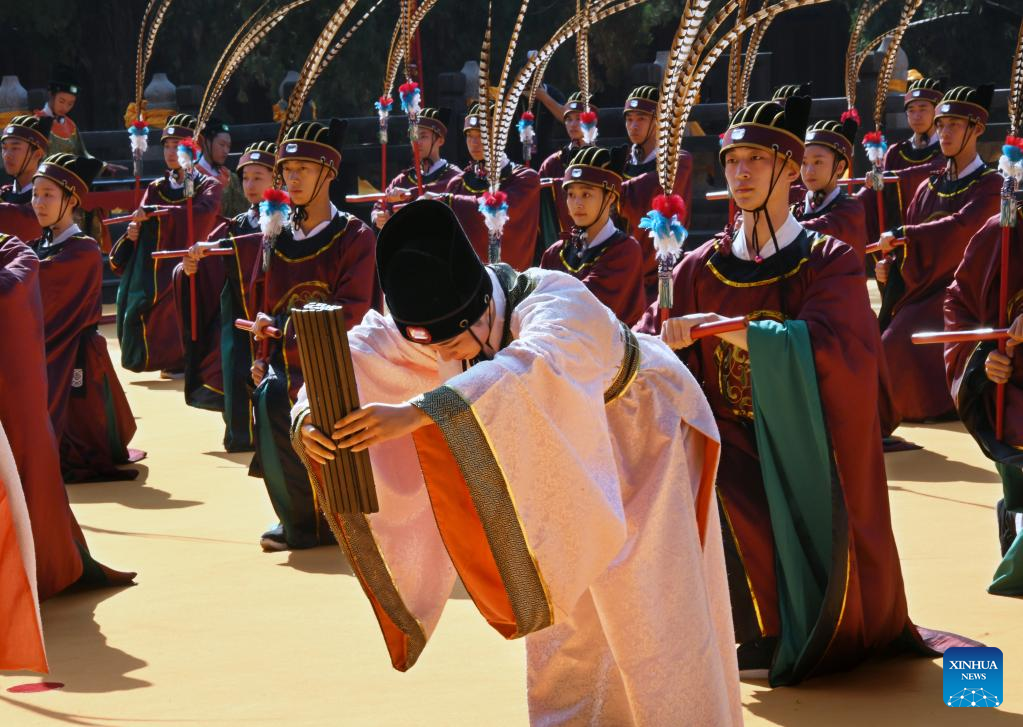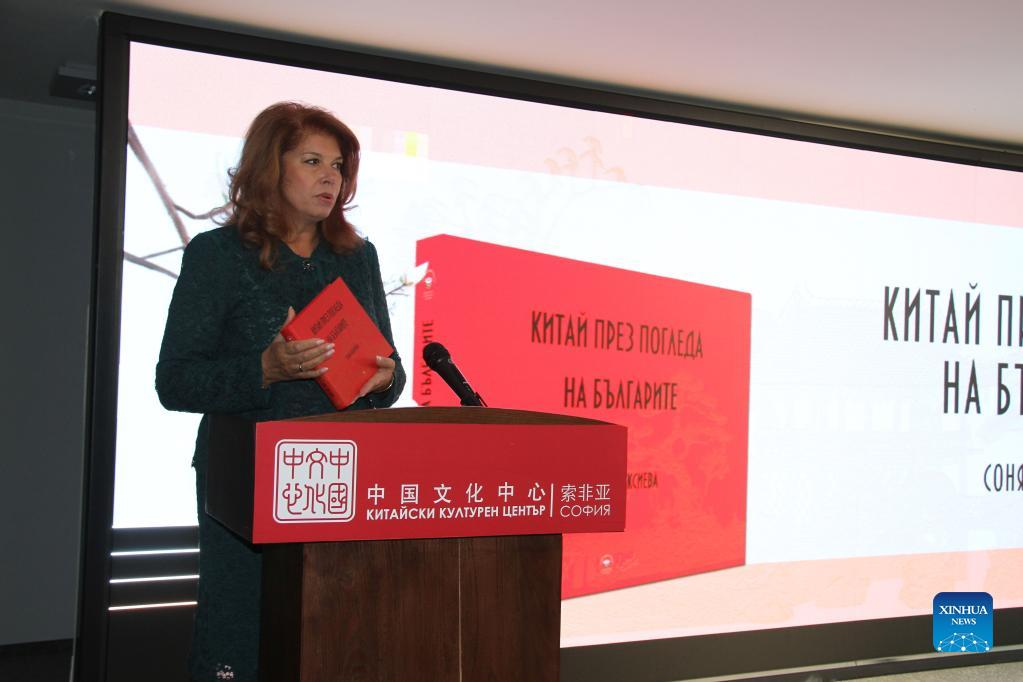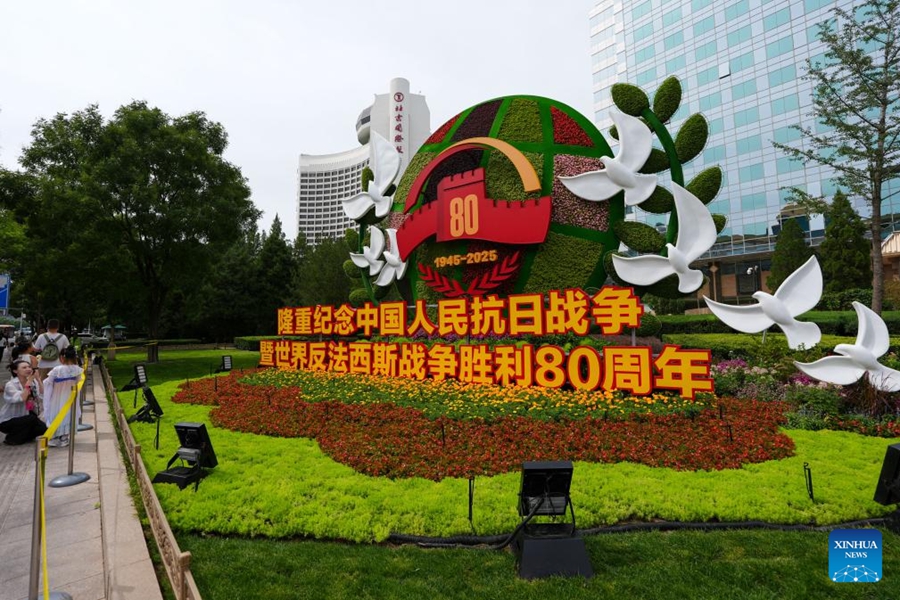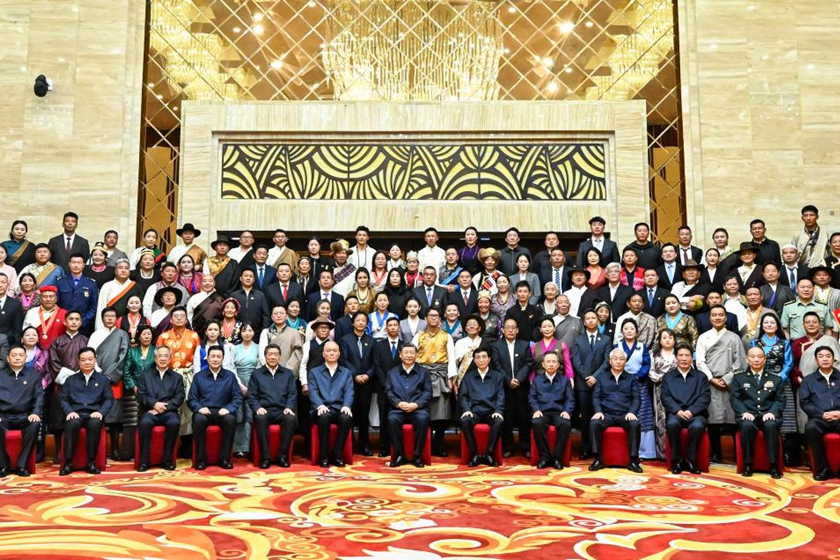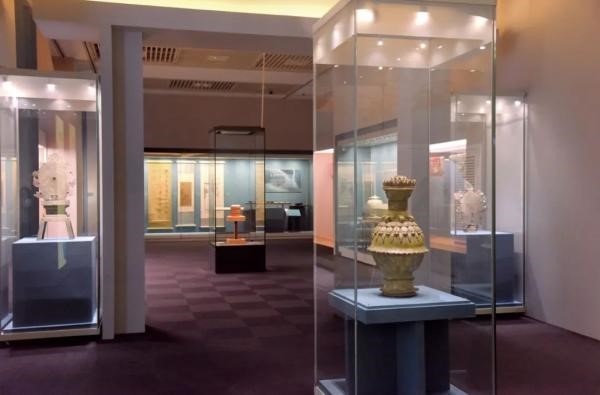
Nanjing Museum has opened an exhibition in honor of the splendid culture in the lower reaches of the Yangtze River with some 250 items on display.
The exhibition will run until March 31 and includes four parts, according to Chen Gang, deputy director of Jiangsu Provincial Institute of Archaeology.
The first part shows diverse cultures from the Paleolithic period to the Qin (221 BC-207 BC) and Han (202 BC-AD 220) dynasties. The second part highlights achievements made in fishing, farming, urban transportation and trade, and lifestyles during the Six Dynasties period (222-589). Visitors can gain a better understanding of the remarkable achievements in culture, art and education in the third part. The last part takes the form of immersive video experience to embrace the cultural legacy in the prosperous Jiangnan area.

Tian Tian, a guide of the museum, said the exhibition includes a seven-hole stone knife excavated from Nanjing's Beiyinyangying site, which was home to Neolithic culture about 6,000-5,000 years ago.
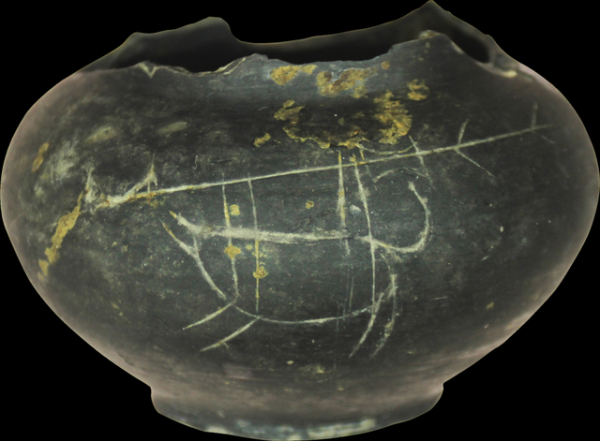
It also shows a pottery jar discovered at Jiangzhuang Ruins in Xinghua City, a reflection of the Liangzhu culture in the lower Yangtze, and the vessel is engraved with images of boar and fawn that bring to life the hunting life about 5,300-4,300 years ago, according to Tian.
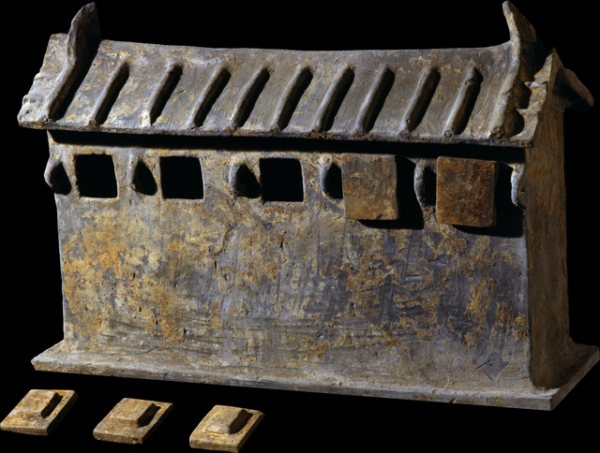
A pottery granary barn, used as a burial object in the Six Dynasties period, was excavated in Nanjing's Weigang, and the designs of sloping roof, five square windows in the front and window covers symbolize good harvest and a wealthy life, Tian said.
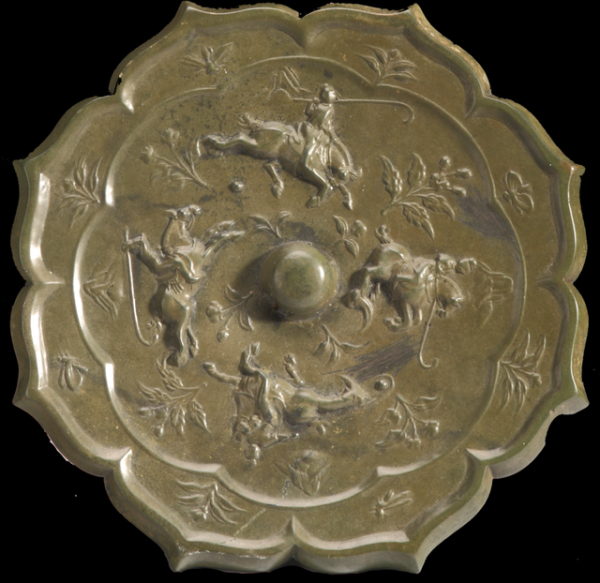
Also on display is a bronze mirror in the shape of a water caltrop flower unearthed in Hanjiang District of Yangzhou City. It features four players on horseback holding polo bats chasing the ball, and the floral and mountain patterns also indicate that this is a game played in the wild.
As a game originated in Persia, polo was introduced to China during the Han Dynasty and gained popularity in the Tang Dynasty (618-907), especially favored by nobilities and emperors, thus becoming a common theme of decoration on bronze mirrors.
Among the only three existing polo-themed bronze mirrors, with the rest two housed by the Palace Museum in Beijing and Huaining County Museum of Anhui Province, this piece unearthed in Yangzhou is the most well-preserved one, Tian said.




